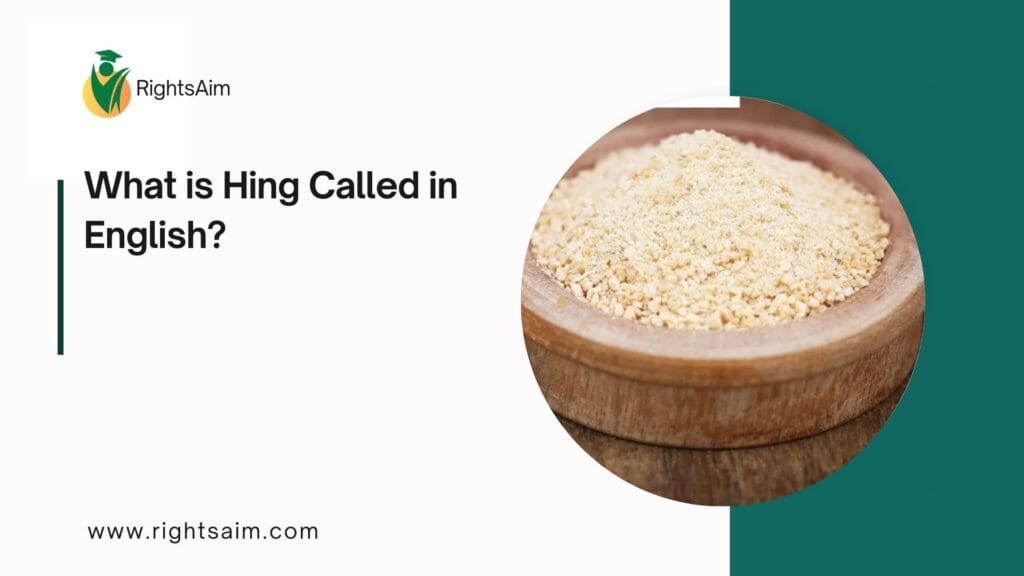
Table of Contents
English Name of Hing
Hing is known as asafoetida in English. It is used in very small amounts because of its strong smell, which mellows into a pleasant flavour when cooked. Asafoetida is especially important in vegetarian and lentil-based dishes to add depth of flavour.
Origin of Hing
Asafoetida comes from the resin of the Ferula assa-foetida plant, which is native to Iran, Afghanistan, and parts of Central Asia. It was introduced to India centuries ago through trade routes and became an essential spice in Indian vegetarian cooking.
Why is Hing Used in Cooking?
Works as a flavor enhancer in curries, dals, and pickles.
Acts as a digestive aid, reducing bloating and gas.
Provides the aroma and taste of onion/garlic, making it perfect for those who avoid onion and garlic for religious or dietary reasons.
Other Names of Hing (Asafoetida)
English: Asafoetida
Hindi: Hing
Tamil: Perungayam
Telugu: Inguva
Kannada: Ingu
Malayalam: Kayam
Bengali: Hing
Health Benefits of Hing (Asafoetida)
Aids Digestion – Helps relieve gas, indigestion, and constipation.
Anti-inflammatory Properties – Reduces inflammation in the body.
Respiratory Relief – Traditionally used for asthma and cough.
Boosts Immunity – Rich in antioxidants.
Menstrual Relief – Helps reduce cramps and irregularities.
How to Use Hing in Cooking?
Add a pinch of hing to hot oil or ghee while tempering.
Best used in dal tadka, sambhar, rasam, chutneys, and pickles.
Only a small quantity is needed because of its strong flavor.
FAQs on Hing (Asafoetida)
Q1. What is Hing called in English?
👉 Hing is called Asafoetida in English.
Q2. Is Asafoetida the same as onion and garlic?
👉 No, but it gives a similar flavor when cooked, which is why it is used as a substitute.
Q3. Where does Hing come from?
👉 Hing is extracted from the roots of Ferula plants, mainly grown in Iran and Afghanistan.
Q4. Can Hing be eaten daily?
👉 Yes, in small amounts. It aids digestion and adds flavor to food.
Q5. What is Hing powder made of?
👉 Pure Hing resin is very strong, so it is mixed with wheat/rice flour and gum arabic to make Hing powder.
